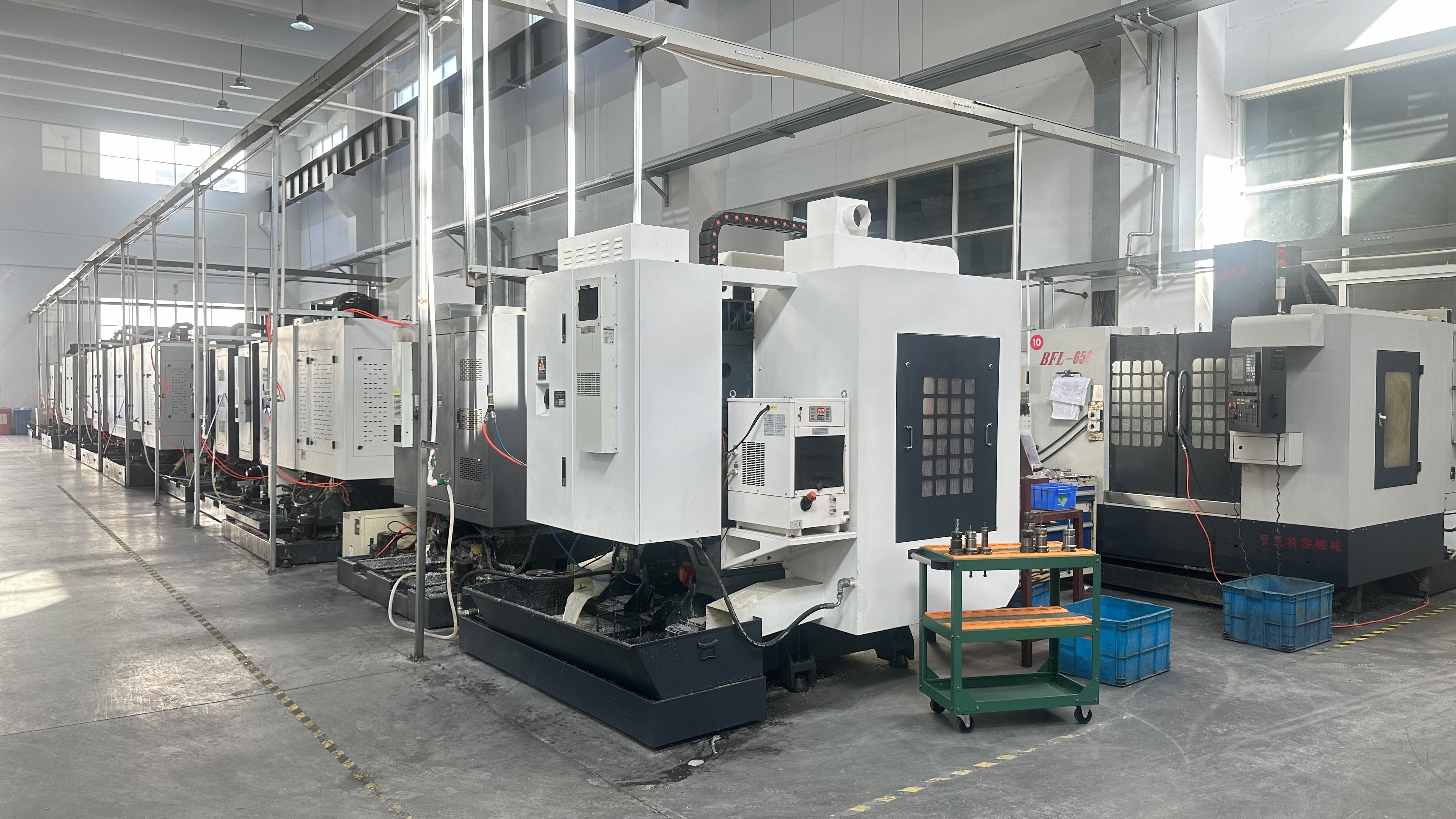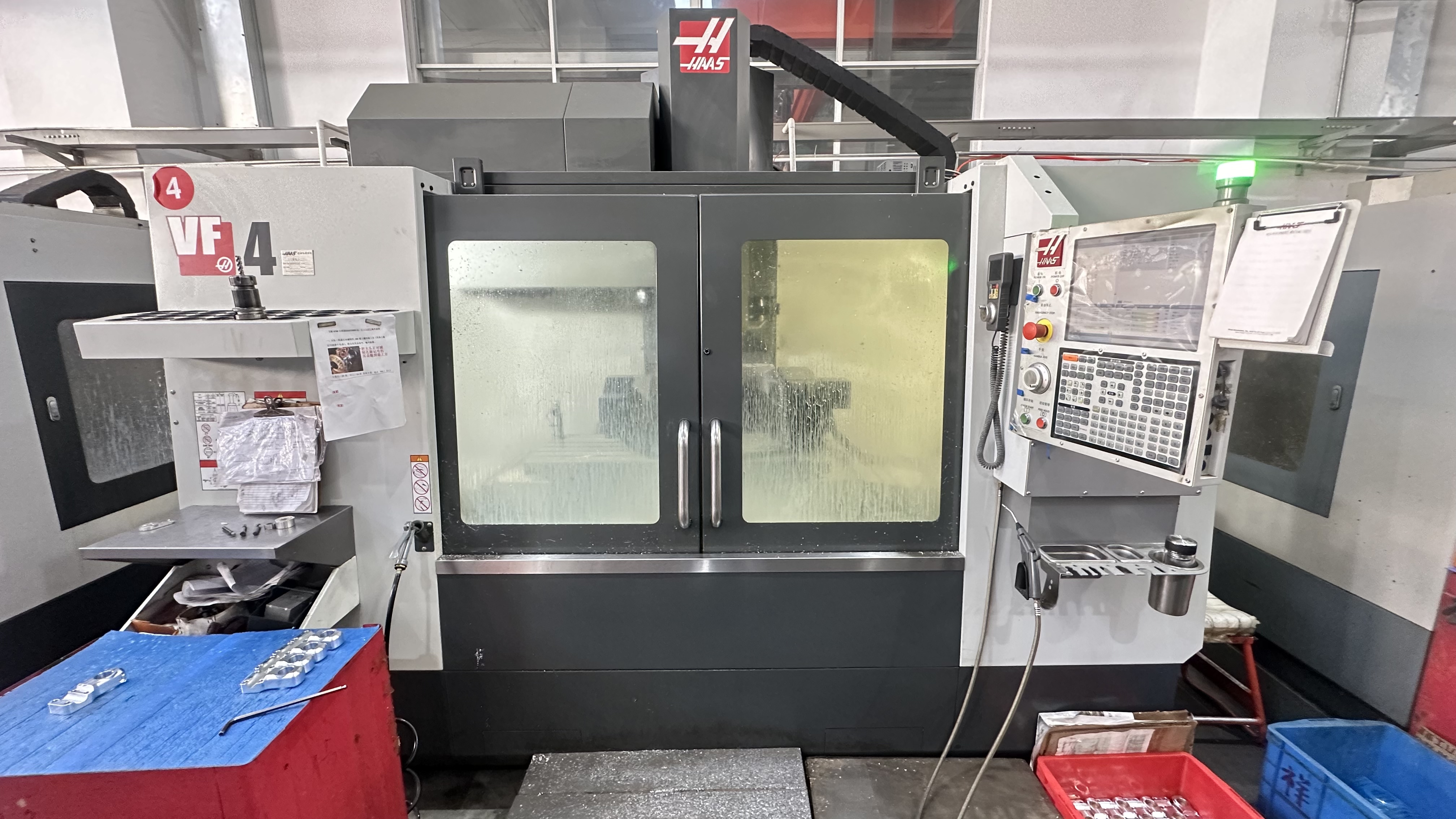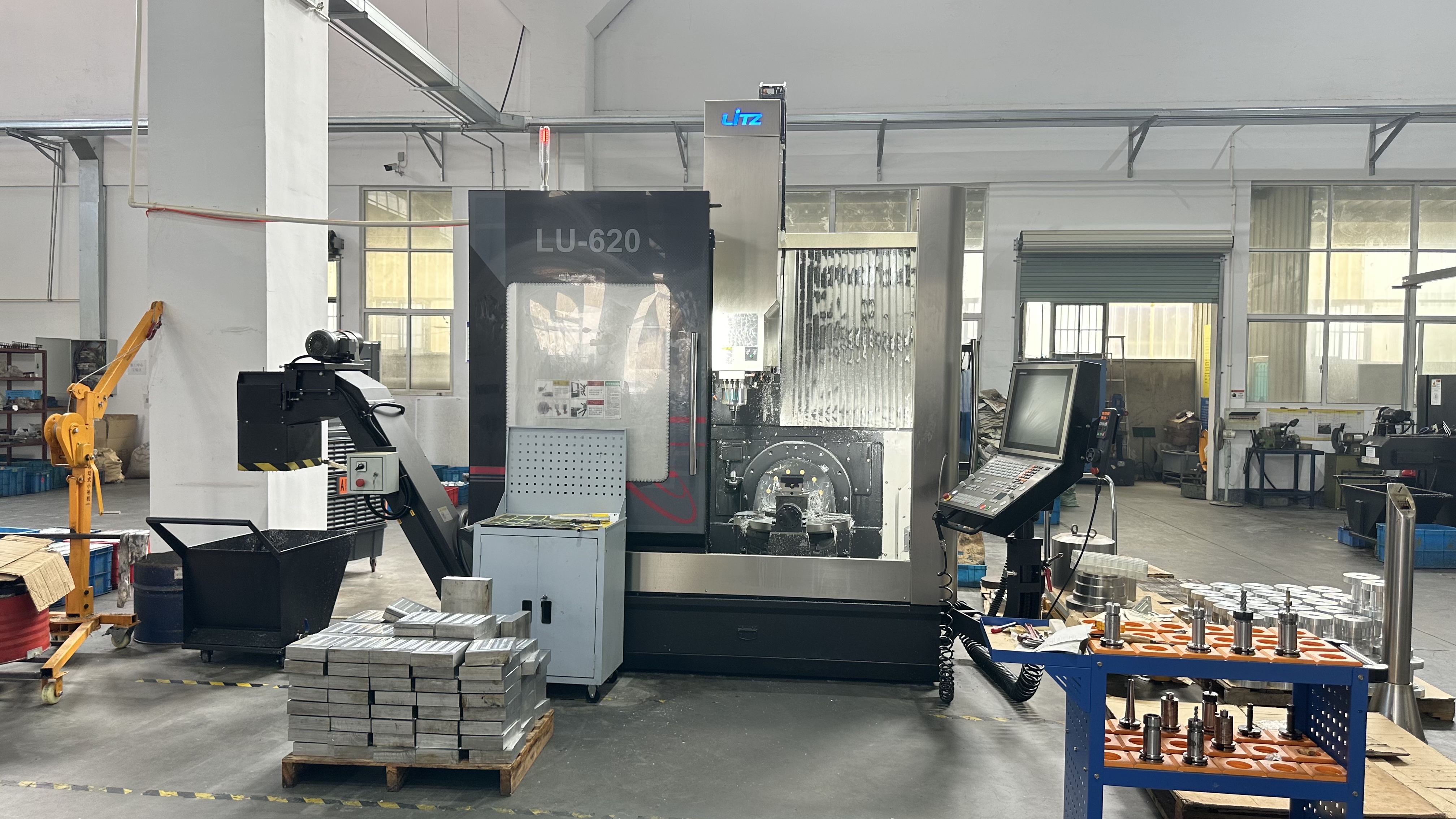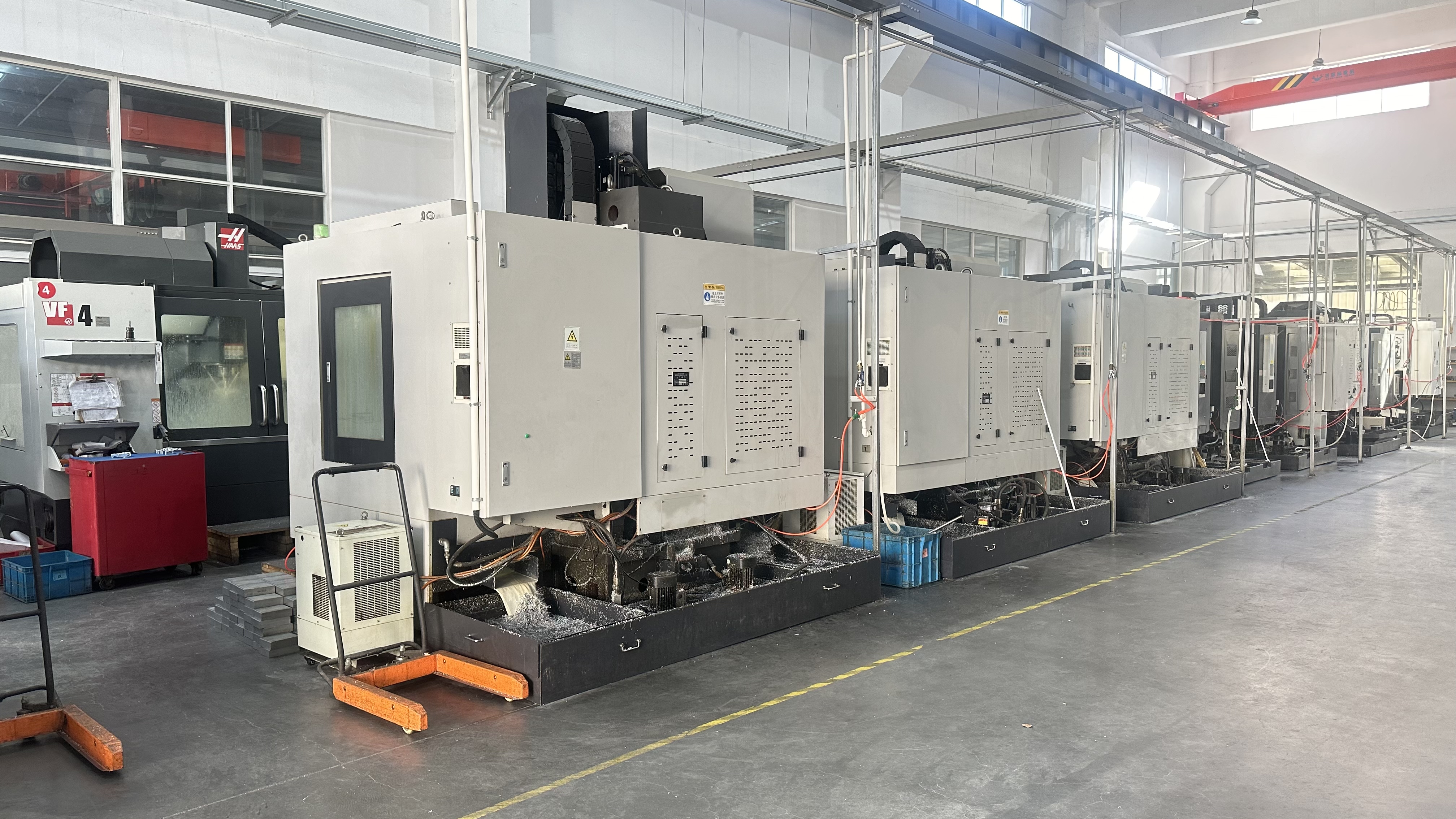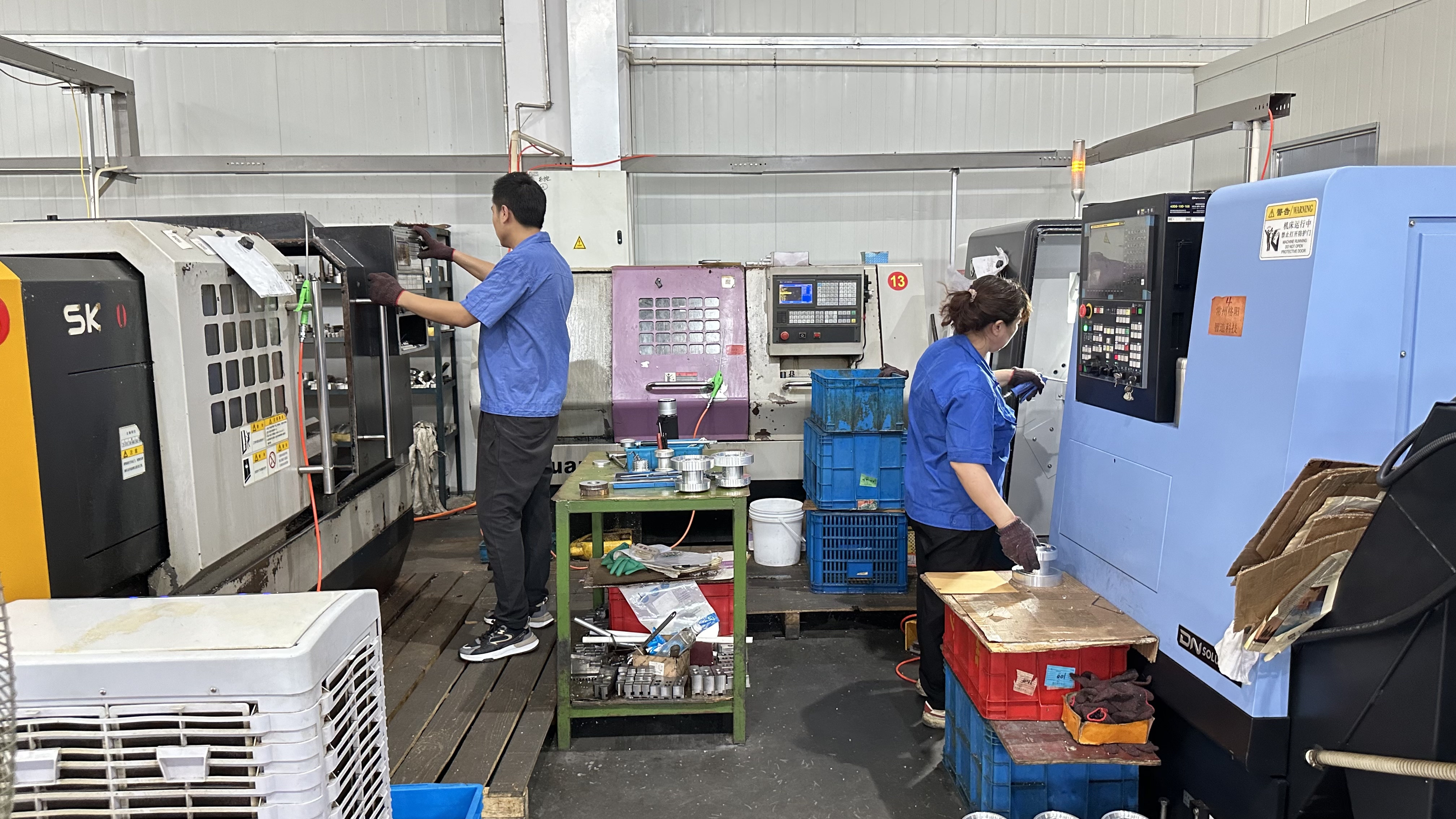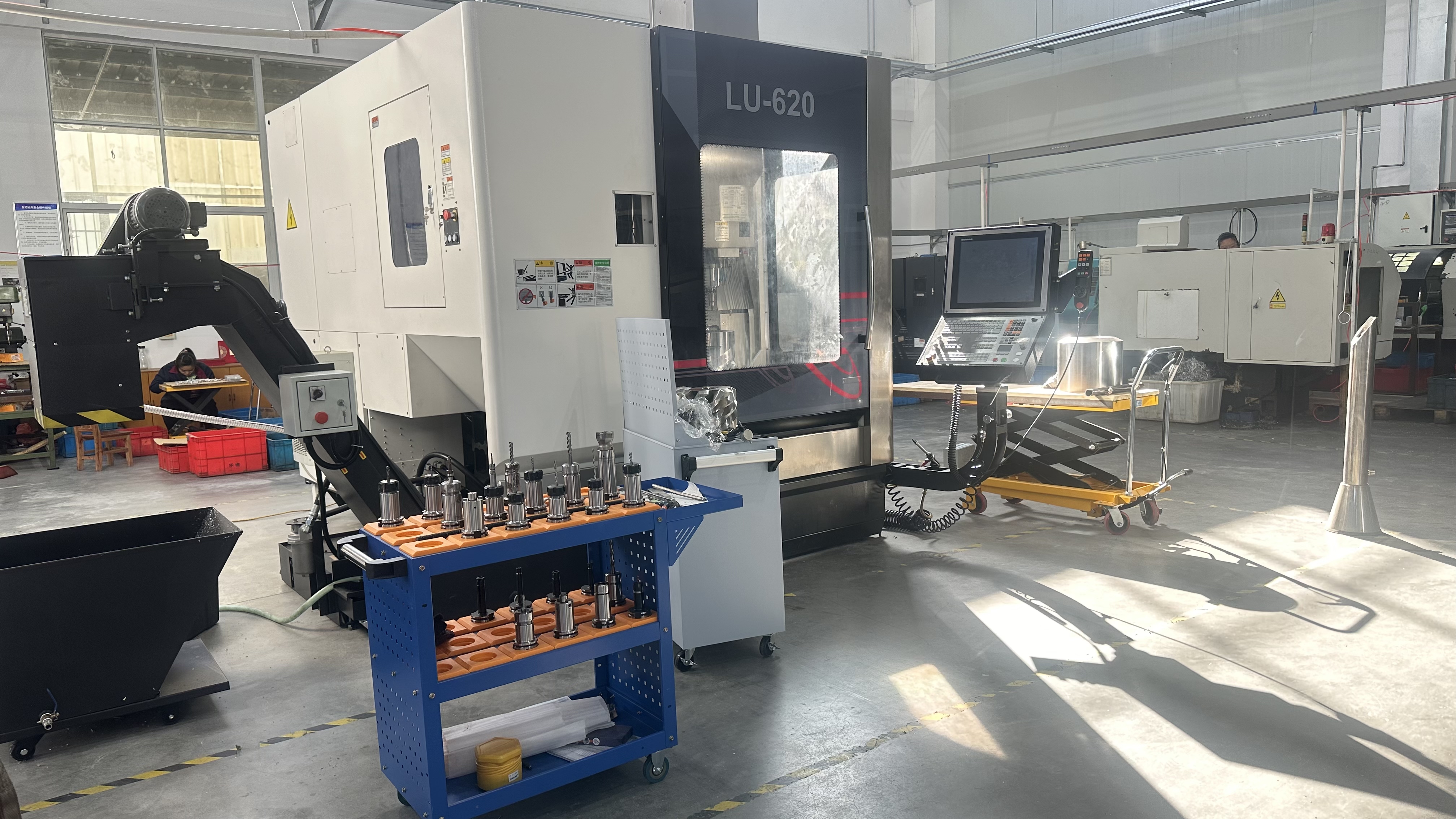Go Kart Rear Wheel Hub: Robust Foundation for Speed and Stability
The Go Kart Rear Wheel Hub is a critical drivetrain component designed to securely connect the rear wheels to the axle, ensuring smooth power transfer and precise handling in go-kart racing and recreational setups. Crafted from high-strength materials like 6061 T6 or 7075 T6 aluminum, it features CNC-machined precision and fits axles from 25mm to 50mm, compatible with #219 or #428 pitch drivetrains and engines like Predator 212cc, Rotax Max, IAME X30, or Briggs LO206. Designed for chassis from Tony Kart, OTK, Manco, and Trailmaster, this hub is ideal for racers, mechanics, and DIY enthusiasts, building on your interest in sprockets, mounts, and drivetrain parts (March 18 and April 11-16, 2025). Whether you’re carving corners on a sprint track or building a custom kart, the Go Kart Rear Wheel Hub offers lightweight durability, adjustable track width, and reliable wheel mounting for peak performance.
What Is a Go Kart Rear Wheel Hub?
A Go Kart Rear Wheel Hub is a machined component that mounts the rear wheel to the axle, securing it with a keyway (e.g., 6mm or 8mm) and bolts, and often includes provisions for sprockets or brake discs. Typically made from anodized aluminum for racing or steel for rugged use, it features 3- or 4-bolt patterns (e.g., 58mm or 70mm) and lengths from 2” to 4” for track width adjustments. This hub ensures wheel alignment and stability, critical for high-speed racing or off-road durability, as seen in brands like OTK and QRC.
Why Use a Go Kart Rear Wheel Hub?
Rear wheel hubs reduce unsprung weight, improving acceleration and handling, a priority in your drivetrain inquiries, such as the March 18 mention of Luckyway’s lightweight aluminum parts. They allow track width tweaks for cornering balance, withstand high-torque loads, and simplify wheel or sprocket swaps, making them essential for racers optimizing performance or builders upgrading for reliability across diverse conditions.
Designed for Precision and Compatibility
Our Go Kart Rear Wheel Hubs are engineered for 25mm-50mm axles, supporting 5” or 6” wheels and #219 or #428 chains, with universal or brand-specific fitment (e.g., Tony Kart, CRG). Available in black, silver, or red anodized aluminum or steel, they include M8 bolts and work with engines from 150cc to 300cc, offering a versatile, high-performance solution for racing or recreational karts.
Key Features of the Go Kart Rear Wheel Hub
The Go Kart Rear Wheel Hub combines advanced materials, adjustable design, and racer-focused functionality, making it a cornerstone of kart performance. Here’s what sets it apart.
CNC-Machined Aluminum Construction
Crafted from 6061 T6 aluminum (45,000 PSI tensile strength) or 7075 T6 (73,000 PSI), these hubs weigh 0.5-1.5 pounds (e.g., 40mm at 0.8 lbs). Hard anodizing (30-50µm) ensures 700-1,200 hours of durability in wet or dusty conditions, resisting corrosion and wear, ideal for racing or rugged use, as valued in your interest in Luckyway’s CNC-machined parts.
Adjustable Track Width Options
Available in lengths from 2” to 4” (e.g., 50mm-100mm), hubs allow track width adjustments to optimize cornering or stability, as seen in QRC’s billet designs. Set screws or spacers enable precise positioning, benefiting sprint racers on tight tracks or oval racers needing wider stances for grip, enhancing handling versatility.
Precision Keyway and Bolt Fitment
Featuring 6mm or 8mm keyways and 3- or 4-bolt patterns (58mm or 70mm), hubs secure wheels with M8 bolts torqued to 10-15 ft-lbs, ensuring 0.01mm alignment accuracy. This prevents wheel wobble under high torque, critical for high-horsepower karts like those with IAME X30 engines, ensuring reliable power transfer.
Anodized Finish for Durability
Hard-anodized coatings in black, silver, or red boost surface hardness (~400 HV), protecting against track debris, moisture, or UV exposure. This finish extends life in abrasive conditions, offering racers and hobbyists a low-maintenance solution, especially for off-road or wet races, aligning with your focus on durable components.
Applications of the Go Kart Rear Wheel Hub
The Go Kart Rear Wheel Hub’s strength and adaptability make it suitable for a range of karting needs, from competitive racing to custom builds, resonating with your interest in performance parts like sprockets and mounts.
Competitive Kart Racing Performance
In sprint, oval, or TAG racing, this hub mounts wheels on chassis like Tony Kart or OTK with engines like Rotax Max or IAME X30. Adjustable lengths fine-tune track width for grip, ensuring stability in Senior Max or KZ classes, where precise wheel alignment boosts cornering and acceleration, as used in CRG’s setups.
Recreational Kart Wheel Upgrades
For club racers or casual drivers with Predator 212cc or Honda GX200 engines, the hub enhances handling on Manco or Trailmaster chassis. Its lightweight aluminum reduces inertia on backyard tracks, offering a durable upgrade for family karts or rentals, with easy installation for hobbyists, as you’ve explored with Luckyway parts.
Custom Kart Chassis Builds
DIY builders, reflecting your interest in mounts and sprockets, use these hubs for bespoke karts with engines like Briggs LO206 or Tillotson. Universal fitment and adjustable lengths simplify retrofitting, ensuring wheel stability in unique setups, while anodized finishes add style to show karts, streamlining custom projects.
Off-Road and High-Torque Environments
In off-road or dirt conditions, the hub’s anodized aluminum resists corrosion and debris, securing wheels on rugged karts like Hammerhead. Its robust design, as seen in Margay’s Brava, maintains alignment under high torque, ensuring reliable performance for trail-ready or high-grip builds in dusty or wet settings.
Technical Specifications and Usage Guide
To maximize the Go Kart Rear Wheel Hub’s performance, understanding its specs and installation is essential. Here’s a detailed breakdown.
Size and Compatibility
These hubs fit 25mm, 30mm, 40mm, or 50mm axles with 6mm or 8mm keyways, supporting 5” or 6” wheels and #219 (7.95mm) or #428 (12.7mm) chains. They’re compatible with chassis from OTK, CRG, and Yerf-Dog, and engines from 150cc to 300cc (e.g., IAME KA100, Predator Ghost), with 3- or 4-bolt patterns (58mm-70mm).
Material Strength and Durability
6061 T6 aluminum offers 45,000 PSI tensile strength, lasting 700-1,000 hours in dry conditions or 800 hours in wet with anodizing, while 7075 T6 (73,000 PSI) extends to 1,000-1,200 hours. Steel options (90,000 PSI) last 1,200-1,500 hours, all resisting high-torque stresses for reliable wheel mounting.
Step-by-Step Installation Guide
Preparation: Verify axle size (e.g., 40mm) and wheel compatibility (e.g., 6”). Gather hub, wheel, M8 bolts, and tools (13mm wrench, hex key).
Positioning: Slide hub onto axle, aligning keyway (e.g., 8mm). Adjust hub length for desired track width, ensuring wheel clears chassis or tires.
Securing: Tighten M8 set screws to 10-15 ft-lbs to lock hub to axle, then bolt wheel to hub at 10-15 ft-lbs in a star pattern. Check alignment with a straight-edge.
Final Check: Spin wheel to confirm smooth rotation and no wobble. Test at idle to verify stability, retightening if vibration or misalignment occurs.
Maintenance Tips
Inspect for cracks, anodizing wear, or loose bolts after races or wet runs, cleaning with a soft brush and mild solvent. Re-tighten bolts after 50 hours and replace if bent or worn, typically after 700-1,500 hours depending on material and conditions. Store dry to prevent corrosion.




















